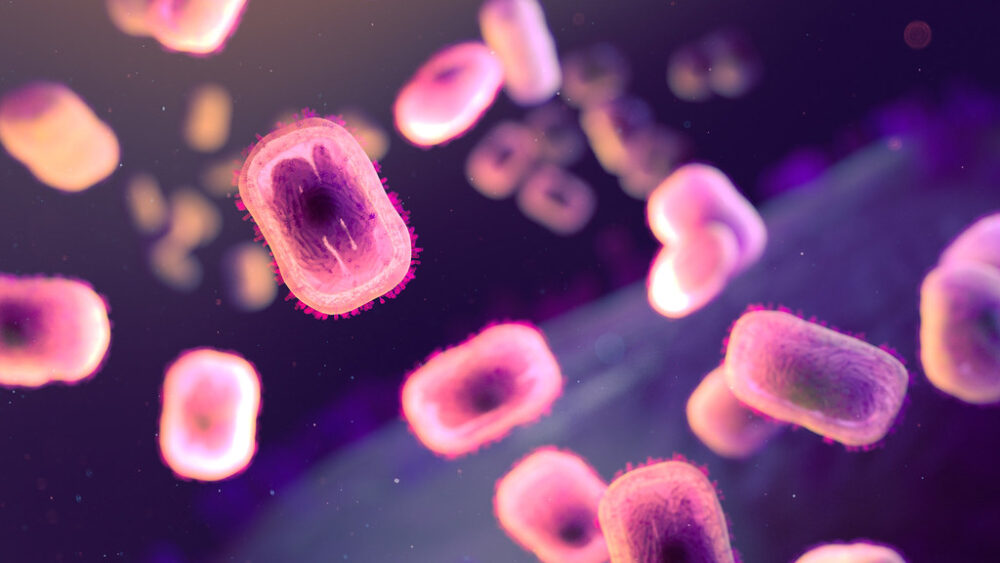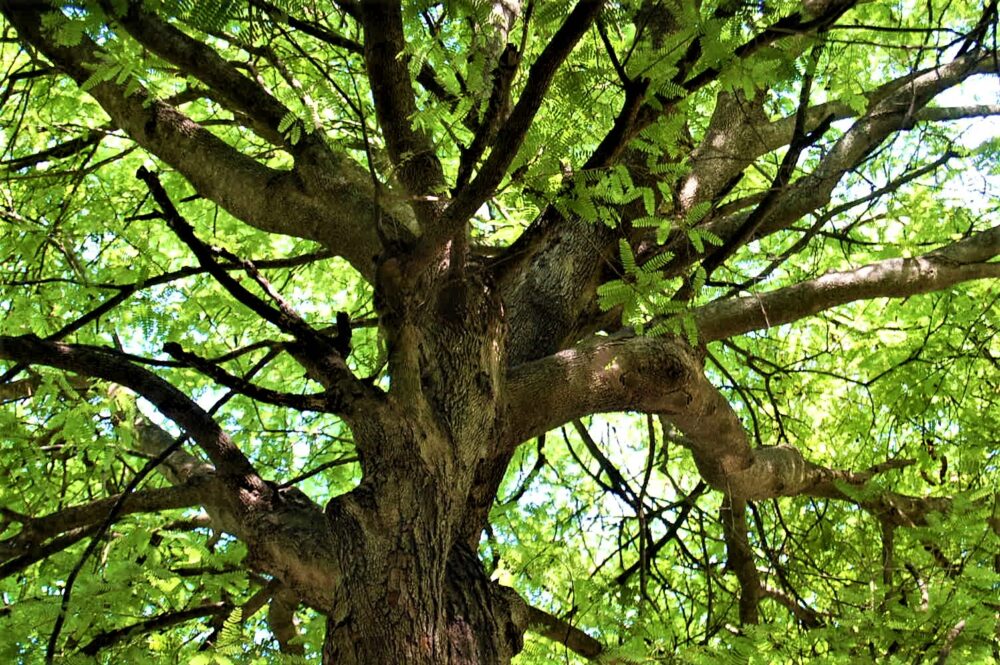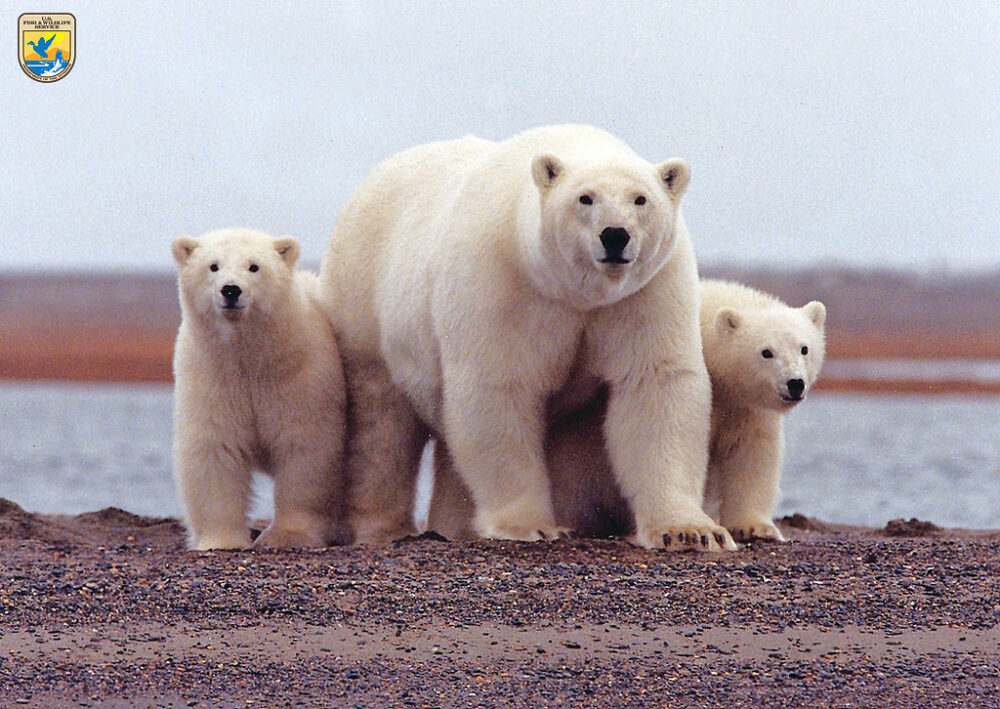How to disappear: Glass frogs and a lesson on hemoglobin flow
Invisibility — a superpower that once only seemed possible in the Harry Potter universe — is actually more realistic than we think. A special organism found in South American rainforests, aptly named the glass frog, is a virtually transparent amphibian with translucent green skin, muscle, and tissues. Only the frog’s major organs are visible when […]
How to disappear: Glass frogs and a lesson on hemoglobin flow Read More »




